-
A model for navigation and information-seeking
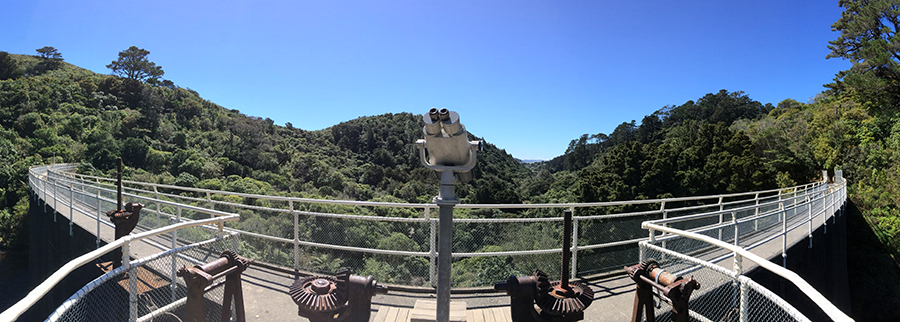
Navigation is both a noun and a verb. Navigation describes the activity and behaviour of moving with intent. And, at least on the web, it’s the word we most often reach for to describe the tools that enable this movement. As an information architect I want people to be able to move through and across…
-
Concurrent information architecture

I often think of information architecture as providing ‘direction’ – it defines an axis along which an experience should flow. IA lays the foundation for a design – so it prescribes some of the shapes that will emerge as a product or service is designed and built. But I like to think it also helps to shape…
-
A Miracle at Christmas – UXMAS 2016

In 2016 I contributed to UXMAS. Here is my submission. When it gets to this time of year I start thinking about what I’ve achieved in the last 12 months, and what next year might hold. I’m not a great believer in New Year’s resolutions. But I thought it might be fun for us all…
-
2016 – a year of highs, from one perspective
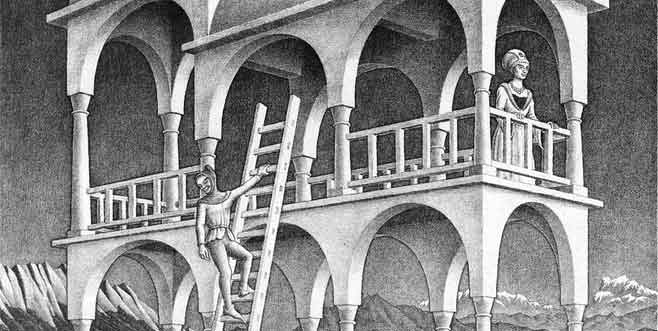
As it’s almost 2017 as I write this, I did a little bit of thinking about the year. I can sometimes be accused of being relentlessly positive (maybe too positive sometimes) – but 2016 has been a great year for me, UXA at the BBC and the team I’m a part of. Information architecture at the BBC…
-
Space-Time // Experience-architecture

At UX New Zealand Jason Cranford Teague shared some of his thinking on temporal design. Jason argued for an extension of UX practice and design thinking to consider the experience and evolution of designs in time. This is a subject close to my heart. I’ve been talking about Trajectories, time and experience architecture for a…
-
Mind the Gaps: Time and Space in Information Architecture (UX New Zealand 2016)
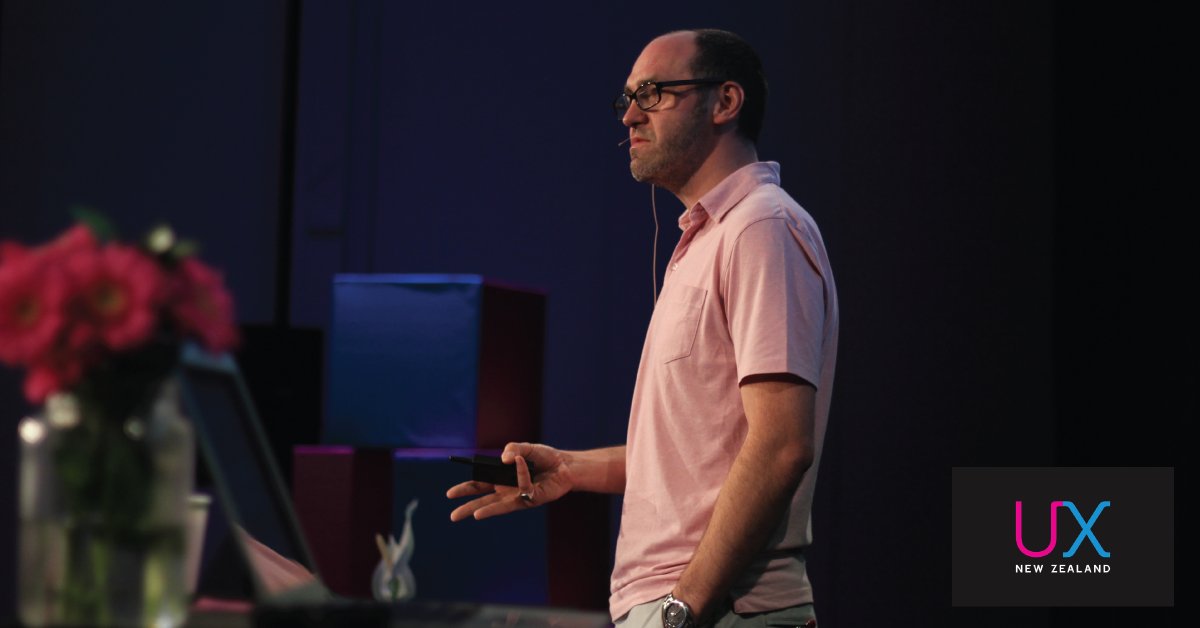
Genesis. 11. 4-9. They said, “Come, let us build ourselves a city and a tower with its top in the heavens, and let us make a name for ourselves, lest we be dispersed over the face of the whole earth.” And the LORD came down to see the city and the tower, which the children of man…
-
Design Sprints at the BBC – EuroIA 2016 – Answers

At EuroIA 2016 some of the BBC UXA team ran a workshop on Design Sprints. There were around 90 participants and lots of questions. We answered many during the workshop. But here are follow-up answers to all the questions that were asked. [This post will be updated over the next few days] EuroIA 2016 –…
-
Design Sprints at the BBC – EuroIA 2016 – Appendix
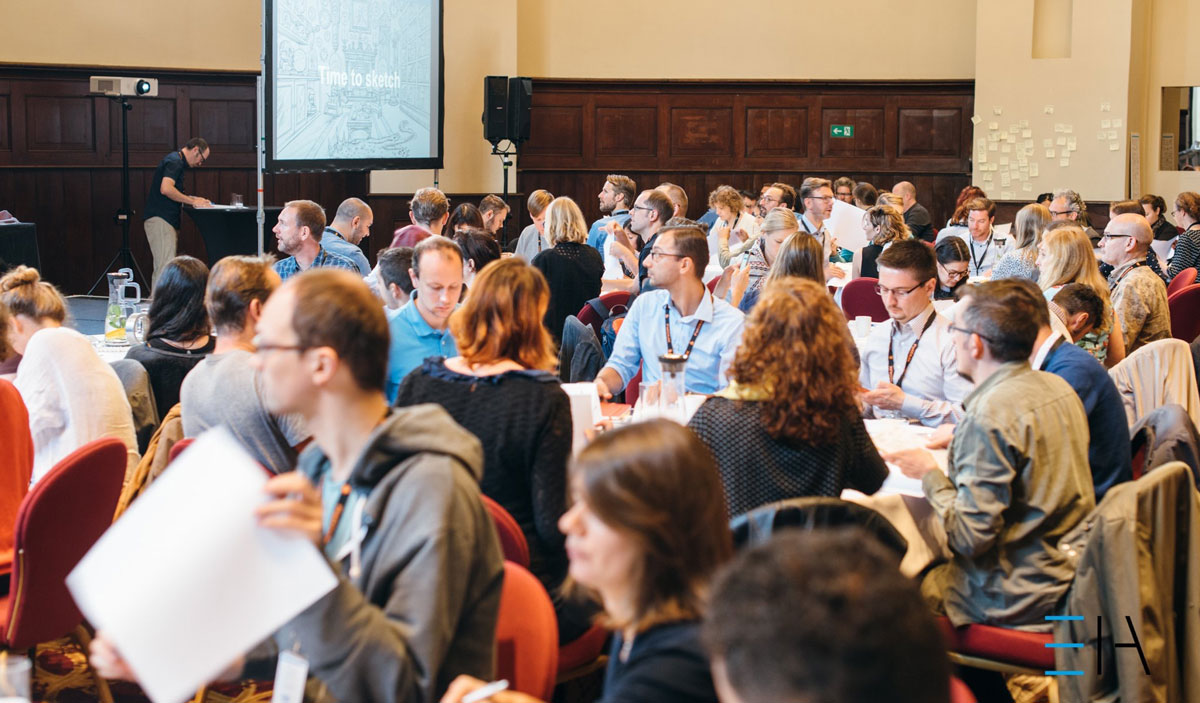
Design Sprints are a method of moving quickly but designing thoroughly. You innovate and you learn. You mix techniques, focus on different skills at different times and work quickly and collaboratively. At EuroIA we delivered a workshop that was all these things – Design Sprints at the BBC. This is one of two blog posts to…
-
Time, space and information architecture
Information architects create places made out of information, so thinking spatially has always been a big part of what we do. But IA isn’t just about space. IAs should always be thinking about the experiences that their spaces contain. Experiences happen in time. I’ve spent some time thinking about time and space, so that I…
-
Structure, movement and interaction – Three pillars of information architecture

We don’t make pages anymore. It’s odd. In the past the majority of my creative output focused on creating whole things. I made pages. I arranged them. I created structures made of information. I’ve always thought about the parts of the things I designed. I realised early that most digital things are really bundles of other, smaller…
-
Talking about IA at conferences – Most of what we do is invisible

Most of what we do is invisible. A lot of the time I’m manipulating ideas, concepts, data and information, rather than pixels. A lot of the time I’m adjusting and reframing constraints, nudging at assumptions to rearrange them to play more nicely with my ambitions. A lot of the time I’m staring at a spreadsheet.…
-
Mind the gap – Taxonomies, tags and trajectories at the BBC
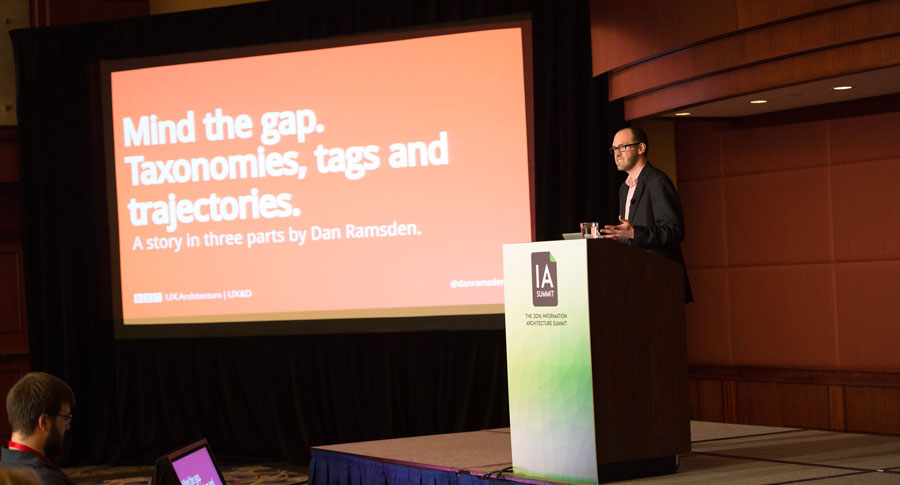
In this post I talk about the dangers of ignoring gaps, the importance of making the invisible stuff in projects more visible – assumptions, the connections and relationships, the dependencies and possibilities. I also discuss the structures we make and the ways we can understand and explain the experiences they contain.
-
When should you think like an architect?
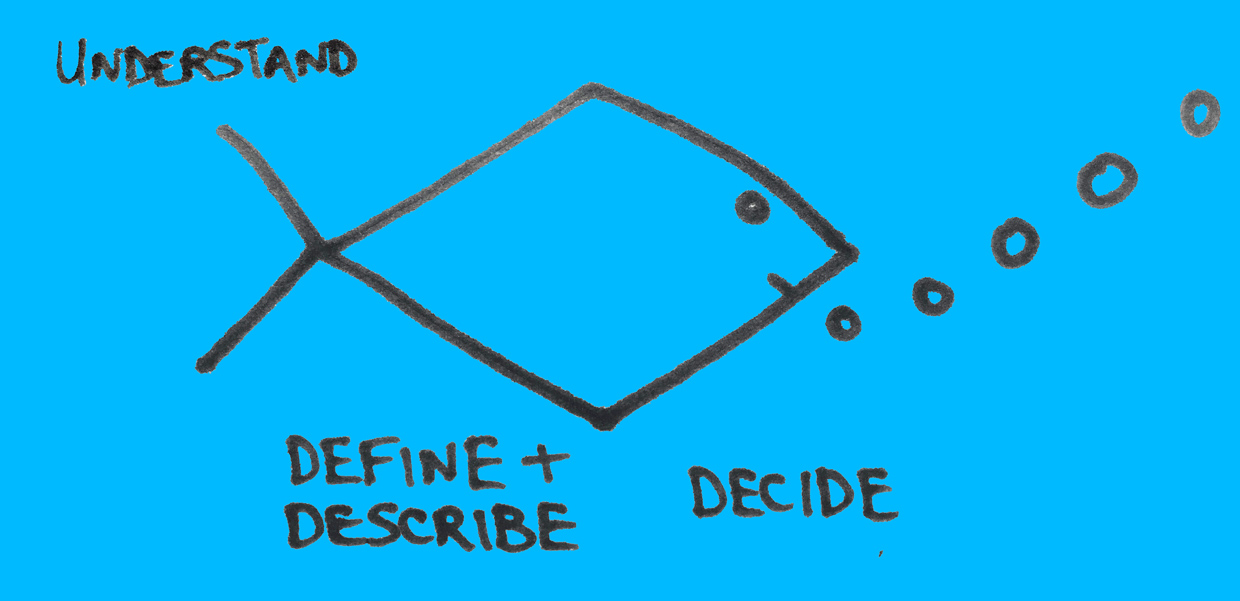
Eddie Obeng taught me about four “types” of projects: “Paint-by-numbers” projects are the kind you can approach with most confidence. You know what to do and how to do it. If you follow the method defined by the problem, you should succeed. But it’s hard to innovate. “Movie projects” occur when you’re less certain of…
-
‘Architecting’ is a word
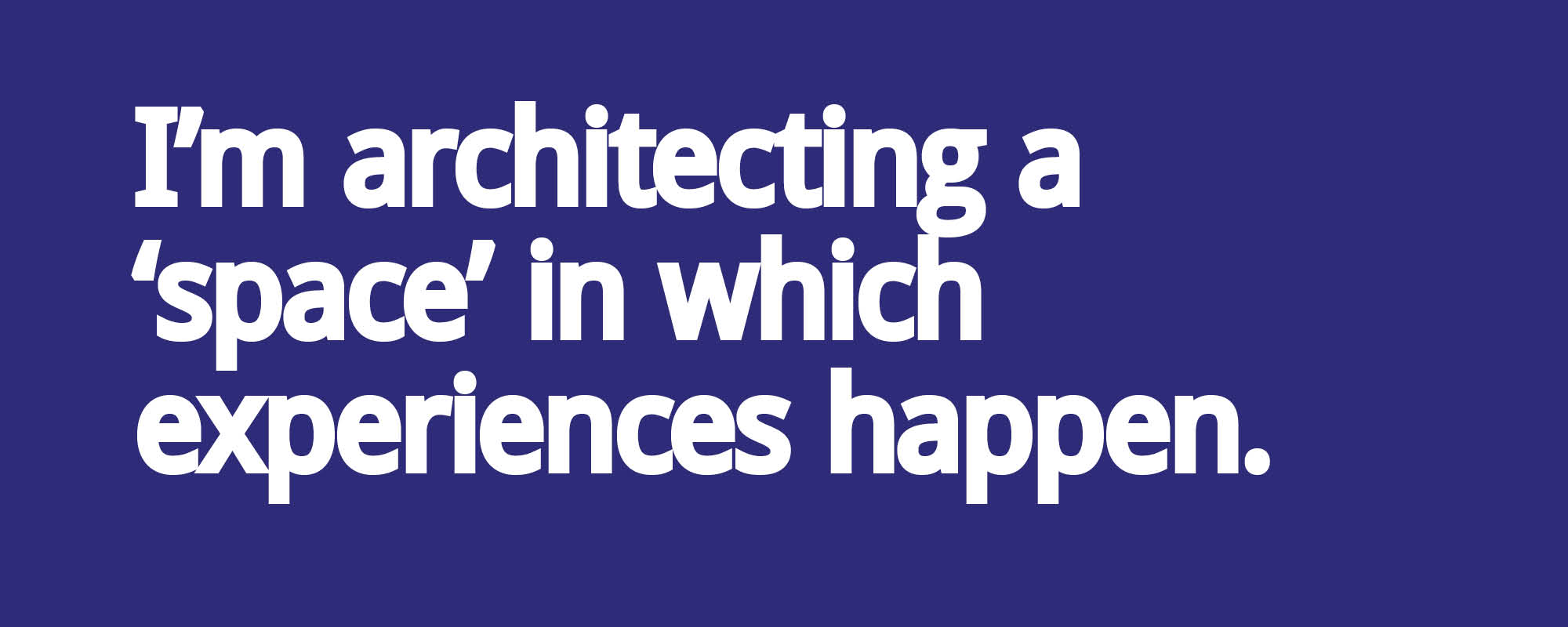
I love words. I love the sounds they make and the shapes they form. I love the ideas they can inspire. I love words. Words, for me, provide the perfect balance of freedom and containment. I mention this because I recently read an interview I’d given and in it there was a word that gave…